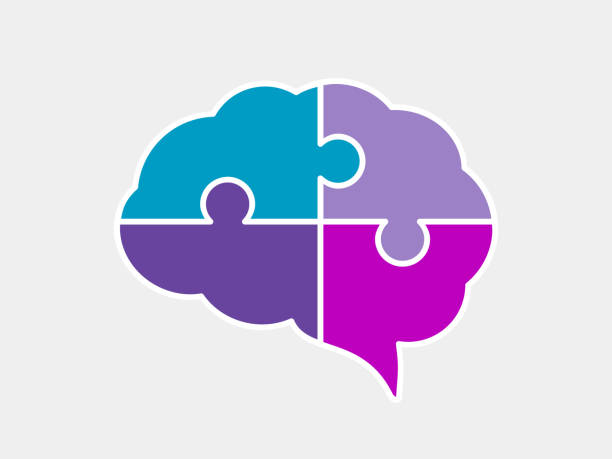Unleashing Creativity: Mind Mapping Techniques for Brainstorming Ideas
In the realm of brainstorming, where creativity reigns supreme and ideas take flight, mind mapping emerges as a powerful tool for unleashing the boundless potential of the mind. By harnessing the visual and associative nature of the brain, mind mapping techniques offer a dynamic framework for generating, organizing, and exploring ideas in a nonlinear and intuitive manner. In this guide, we’ll delve into the art of mind mapping and explore various techniques for brainstorming ideas with creativity and clarity.
1. Start with a Central Theme or Topic
Begin your mind mapping journey by identifying a central theme, topic, or problem statement that serves as the focal point of your brainstorming session. This central anchor provides a clear starting point from which your mind map will branch out into interconnected ideas, concepts, and associations.
2. Use Keywords and Visual Elements
Incorporate keywords, phrases, and visual elements such as images, icons, and symbols to represent ideas and concepts in your mind map. Keywords serve as nodes or branches that radiate outward from the central theme, while visual elements add richness and depth to your map, stimulating creative thinking and enhancing visual memory.
3. Embrace Nonlinear Thinking
Embrace nonlinear thinking and free association as you brainstorm ideas within your mind map. Allow your thoughts to flow freely and spontaneously, making connections between seemingly unrelated concepts and exploring unexpected pathways of exploration. Nonlinear thinking liberates your creativity and encourages unconventional solutions to problems.
4. Create Hierarchical Structures
Organize your ideas into hierarchical structures within your mind map, with main branches representing overarching themes or categories and sub-branches delving into specific details or subtopics. Hierarchical structures provide a clear framework for organizing and navigating complex ideas, ensuring coherence and clarity within your mind map.
5. Utilize Color and Visualization
Harness the power of color and visualization to enhance the visual appeal and effectiveness of your mind map. Assign different colors to branches or categories to visually distinguish between ideas and highlight relationships. Use visual elements such as shapes, lines, and diagrams to represent connections, dependencies, and hierarchies within your mind map.
6. Encourage Association and Expansion
Encourage association and expansion of ideas within your mind map by exploring tangential connections and branching out into new directions. As you encounter new ideas or insights, add them to your mind map and explore their relationships with existing concepts. Allow your mind map to evolve and grow organically as your brainstorming session progresses.
7. Review and Refine
Review and refine your mind map periodically to clarify ideas, identify redundancies, and streamline your thought process. Eliminate irrelevant or redundant branches, consolidate overlapping ideas, and refine the structure of your mind map to enhance coherence and focus. Iterative review and refinement ensure that your mind map remains a dynamic and effective tool for brainstorming ideas.
Conclusion:
Mind mapping techniques offer a versatile and effective approach to brainstorming ideas with creativity, clarity, and depth. By starting with a central theme, using keywords and visual elements, embracing nonlinear thinking, creating hierarchical structures, utilizing color and visualization, encouraging association and expansion, and reviewing and refining your mind map, you can unleash your creativity and explore new horizons of thought. Whether you’re brainstorming ideas for a project, solving a problem, or planning a creative endeavor, mind mapping empowers you to tap into the limitless potential of your mind and bring your ideas to life with clarity and imagination.
